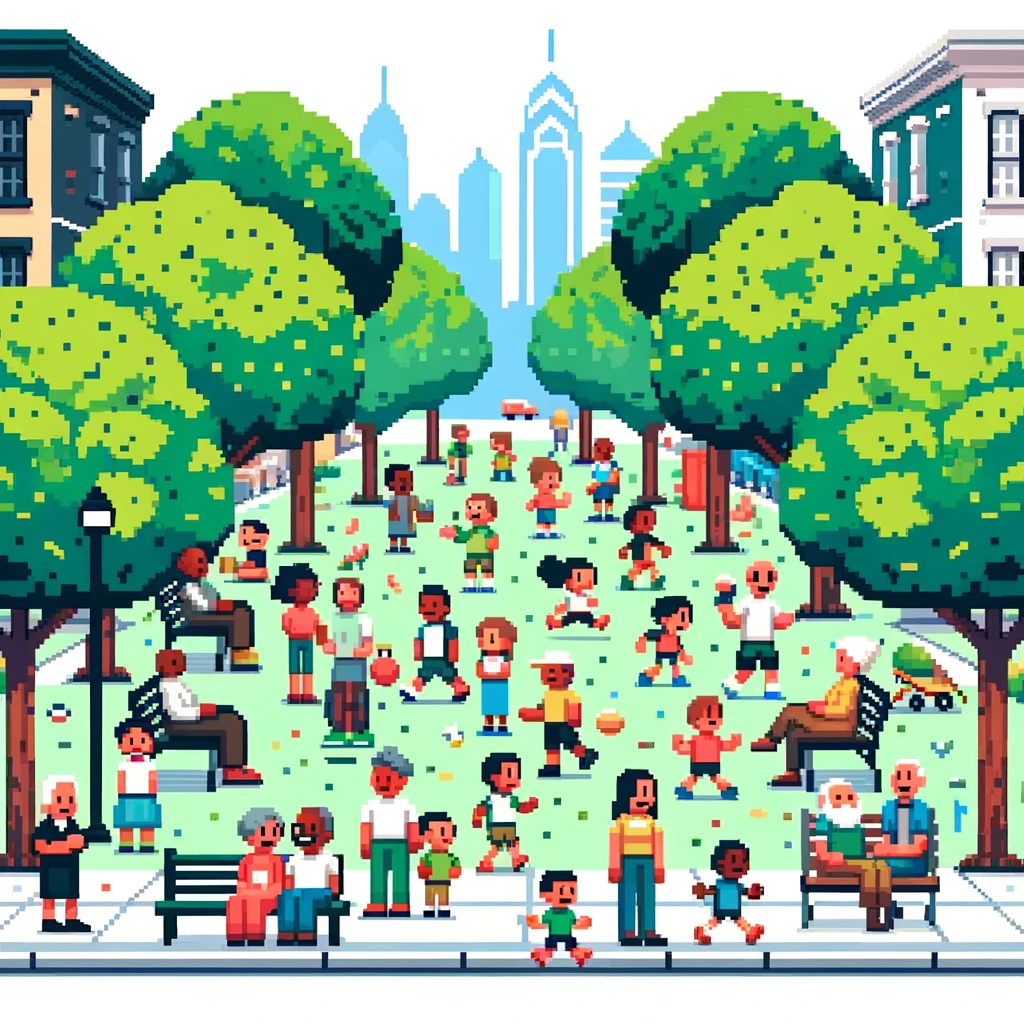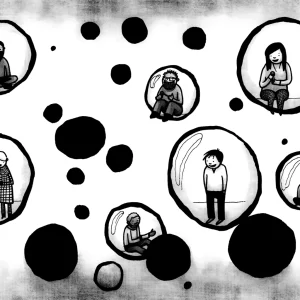
Greener Cities, Healthier Lives
Imagine walking down a tree-lined street, the shade cooling the air and the leaves rustling softly in the breeze. This serene scene is more than just pleasant; it’s a powerful tool for public health. Philadelphia’s ambitious plan to increase its tree canopy could lead to remarkable health benefits, particularly for its lower-income neighborhoods. This blog delves into how expanding urban greenspaces can save lives and improve well-being.
The Study: Linking Trees to Health
Researchers conducted a greenspace health impact assessment in Philadelphia to explore whether increasing tree canopy could reduce premature mortality. By analyzing data from 2014 and projecting it to 2025, they estimated the impact of different tree canopy scenarios: low, moderate, and ambitious. The ambitious scenario aimed for a 30% tree canopy cover in every neighborhood, aligning with the city’s Greenworks Philadelphia plan.
Key Findings
The findings were compelling. If Philadelphia achieves its goal of 30% tree canopy cover, it could prevent an estimated 403 premature deaths annually. Notably, 244 of these preventable deaths would occur in areas with lower socioeconomic status, highlighting the significant health disparities that urban greening can address.
Why Trees Matter
Trees do more than beautify a city. They provide shade, reduce temperatures, and improve air quality, all of which contribute to better health. Studies have shown that living in greener areas is associated with lower risks of death from various causes, including heart disease and respiratory issues. Trees also promote mental health by reducing stress and encouraging physical activity and social interactions.
Philadelphia’s Plan: A Green Future
Philadelphia’s plan to increase its tree canopy is part of a broader effort to make the city more livable and sustainable. The Greenworks Philadelphia initiative aims to enhance the city’s green infrastructure, benefiting both the environment and the residents. Achieving a 30% tree canopy cover is ambitious but necessary to address health inequities and improve overall quality of life.
The Challenges Ahead
While the benefits are clear, increasing tree canopy cover in a densely populated city presents challenges. Many neighborhoods lack sufficient space for new trees, and removing impervious surfaces like pavements and buildings is costly and complex. Additionally, maintaining tree health requires ongoing investment and community involvement.

Community Involvement: A Key to Success
Successful urban greening initiatives depend on community engagement. Residents need to be involved in planting and caring for trees to ensure the long-term success of these projects. Philadelphia’s neighborhood partnerships are crucial in this regard, as they help foster a sense of ownership and responsibility among community members.
The Economic Benefits
Beyond health improvements, expanding the tree canopy can bring significant economic benefits. Preventing premature deaths translates to substantial savings in healthcare costs and increased productivity. The study estimated that achieving the 30% tree canopy goal could save the city nearly $4 billion annually, providing a strong economic incentive for investing in urban greening.
A Model for Other Cities
Philadelphia’s approach can serve as a model for other cities seeking to improve public health and address environmental justice. Urban areas worldwide face similar challenges, and the lessons learned from Philadelphia’s experience can inform policies and practices elsewhere. By prioritizing greenspace, cities can create healthier, more equitable environments for their residents.
Conclusion: A Call to Action
Philadelphia’s plan to expand its tree canopy is more than an environmental initiative; it’s a public health strategy that can save lives and enhance well-being. As the city moves forward, continued community engagement, investment, and policy support will be essential to realize these benefits fully. Let’s support these efforts and advocate for greener, healthier cities for all.
Become a Health Innovator – Get Weekly Updates!
Stay at the forefront of public health with “This Week in Public Health.” Each issue updates you on the latest in research, community health, and advocacy. This newsletter is your tool for being an informed and active member of the health community. Subscribe for free and join a group dedicated to making a real difference in public health.



